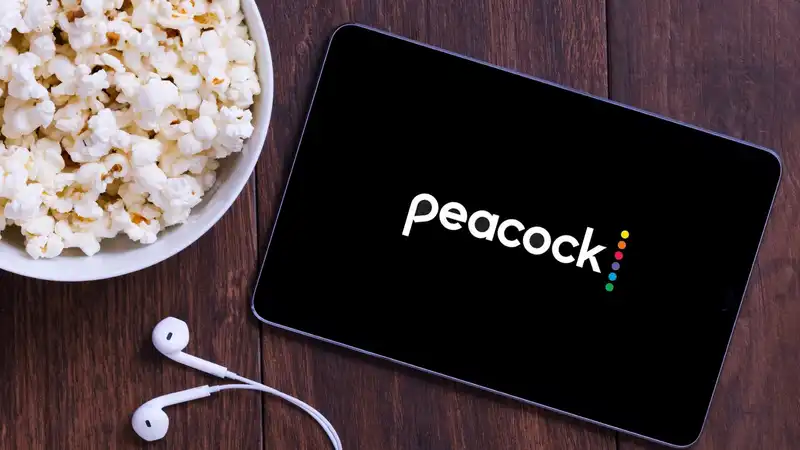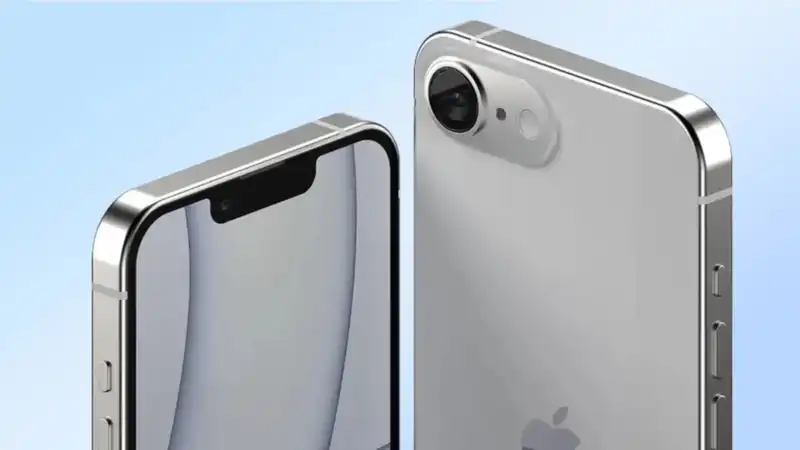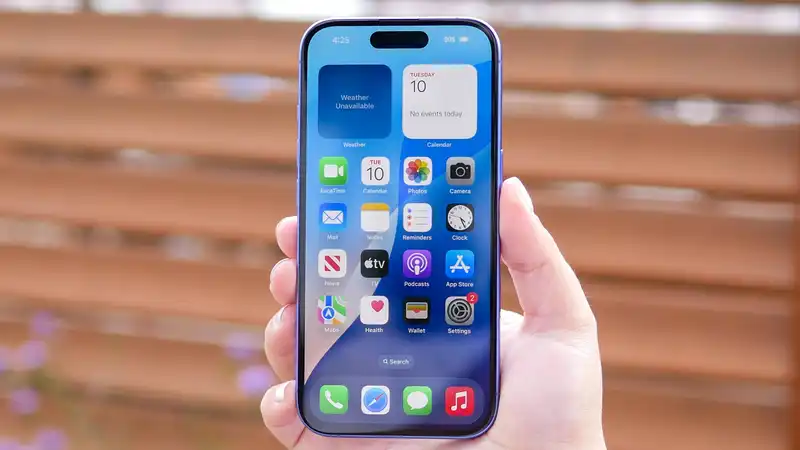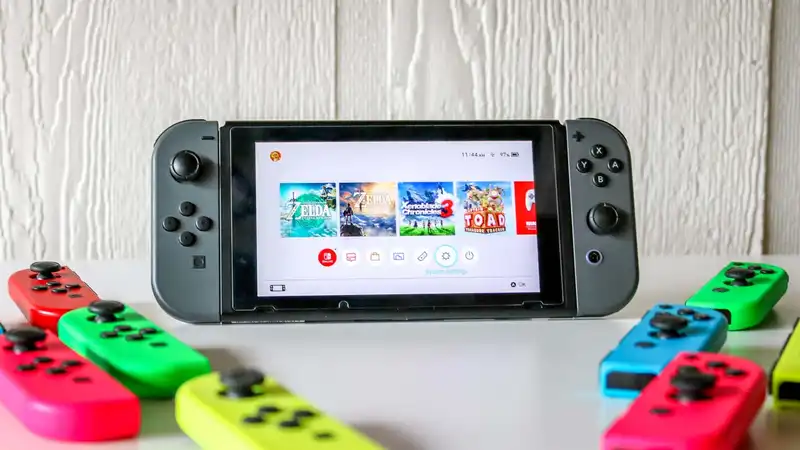The best smart locks can make your life easier by letting you know the status of your door and allowing you to control it remotely But with so many models available, it's easy to overestimate features and price over what actually matters If you are considering upgrading to a smart lock, you need to find one that meets the needs of your living space
For example, renters will want to choose the conversion option because the outside portion of the lock will remain the same The landlord can access the unit with the original key and installation is easy In addition to installation, one should consider which smart features, such as behavior logs and geofencing, are essential Read on for five things to look for when buying a smart lock
You can either completely replace your existing deadbolt lock or opt for a conversion smart lock like the Yale Approach Conversion models replace only the interior portion of the lock It is easy to install and allows the use of the original key at the cost of features included in a complete smart lock setup, such as an external fingerprint scanner
It is also important to check if the lock has built-in Wi-Fi or comes with a hub If the lock only has Bluetooth or Zigbee, you can only operate the lock from your phone when you are physically close to the lock itself If you want to monitor the lock remotely, you need a lock with Wi-Fi or one that can connect to a smart home hub
There are many ways to open a smart lock besides a smartphone app or a physical key
Keypads
Keypads are the most popular option, as they are usually built-in or can be purchased separately and paired with a conversion unit
Fingerprint reader
More and more smart locks are now offering fingerprint readers as an option, eliminating the need to remember a passcode
NFC cards or tags
Some smart locks come with NFC cards or tags that can be tapped into the lock Similarly, some smart locks can be opened by tapping an Apple Watch or iPhone on the lock
Palm and Face Scanners
Less commonly, some modern smart locks have advanced palm and face scanners These make it even easier to quickly unlock doors
One of the most useful features of smart locks is guest access Temporary digital keys or permanent access can be given to visitors or family members You might remotely unlock the door for workers, but you can give friends and family members this digital code so they can come and go This is useful for checking on pets, plants, and the house while they are away
Most locks also provide an access log showing who opened and closed the door and at what time
Door sensors can tell you the status of the lock and warn you if the door is left open These sensors can also be used or timed auto-locks can be set up to ensure that the door is protected even if someone forgets For a truly automated experience, geofencing can be set up to unlock the door when you get home and lock it when you leave
Modern smart locks work with Alexa, Google Assistant, and HomeKit, so they can be integrated with other smart home devices For example, say “Siri, good night” and the Apple assistant will automatically turn off the lights and lock the door And if you have a home security system, you can connect some locks to it to automatically lock and arm your home when you leave You can also devise a routine so that your door talks to other devices when you get home For example, when you come home from work, the door unlocks, the lights come on, and you can listen to a customized playlist from your smart speaker
Most smart locks use standard AA batteries as a power source Smart locks that use low-power wireless local signals (such as Bluetooth or Zigbee) and plug-in hubs to reduce the burden tend to have longer battery life, lasting about a year; models with built-in Wi-Fi wear out slightly faster because they constantly ping the router with a higher power signal ( typically a few months)










Comments